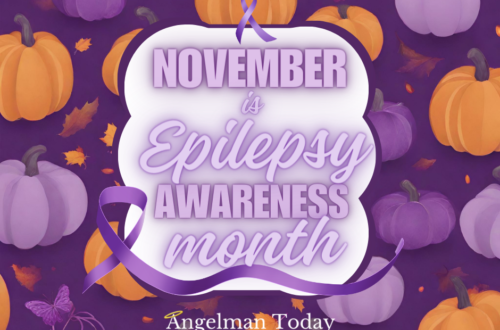Gluten Free Living
Gluten Free Living
By Isabel Orellana
Over the years, gluten has become a much debated substance. But what is the fuss all about? It is estimated that 5-10 percent of the US population is sensitive to gluten. This would mean that 5-10% of our angels are sensitive. However, the number is probably much higher. When our angel first got diagnosed at 11 months we had never given him gluten because our pediatrician had advised us not to start with wheat before age 1. After the diagnosis and investigating about neurological differences and food related issues, it became clear to us that our angel would continue his gluten free journey for good. It is important to note that the gluten free diet (GF) is not just a fad diet that will pass sooner or later. For neurologically different kids it can make a huge difference and be an important contributing factor in maximizing your child’s health and facilitating development. But you might say that people have been eating wheat for thousands of years, right? Yes. However, people a few hundred years ago did not have to deal with many other factors such as a weakened gut due to medications and processed foods.
What is gluten?
Gluten is a protein found in various grains such as wheat, barley and rye. While gluten is not present in oats, people sensitive to gluten can react to oats due to cross contamination. This occurs when oats are packaged at a wheat processing facility.
Where do I find gluten?
Typical gluten containing foods are: bread, pasta, pizza, cereal, cakes, cookies and many processed foods with ingredients such as soy sauce, etc.
How can gluten affect special needs kids?
Of course it can affect any person but it appears that people with neurological differences seem to be more sensitive to gluten due to its inflammatory nature. For children with autism for example, removing gluten and other problematic substances such as sugar, dyes and artificial flavors as well as pasteurized dairy have noted great results in symptom management.
What are symptoms of gluten sensitivity?
Detecting gluten sensitivity is often difficult since the symptoms may vary from person to person and in severity. Not everyone who is sensitive has celiac disease; the most severe form of gluten intolerance. The most common symptoms are gastrointestinal issues (bloating, reflux, diarrhea or constipation), eczema and irritability.
What options are there?
Amaranth, buckwheat, corn, millet, oats, quinoa and rice (preferably whole grain or wild rice) are all gluten free options. However, for our angels who are on a low glycemic index diet, I recommend watching gluten free alternatives carefully since processed alternatives such as store bought bread, cookies, pasta and pizza are often made with high glycemic index alternatives such as potato, tapioca and white rice and this could prove counter productive in other areas such as inflammation control.
Conclusion
Gluten free living is a healthy approach for the entire family given that today’s wheat is highly altered from its original state and therefore holds minimal nutritional value. Wheat is one of the 8 core allergy foods and as a simple carbohydrate can increase inflammation and related infection risk in the body. If you are looking for support on your gluten free journey join the GFCF angels group and the Angelman Syndrome Diet page on Facebook. Start your journey today! You have nothing to lose.
Some helpful tips to remember when meal planning:
-Always keep it simple
-Fruits, Veggies and Meats are naturally Gluten Free


